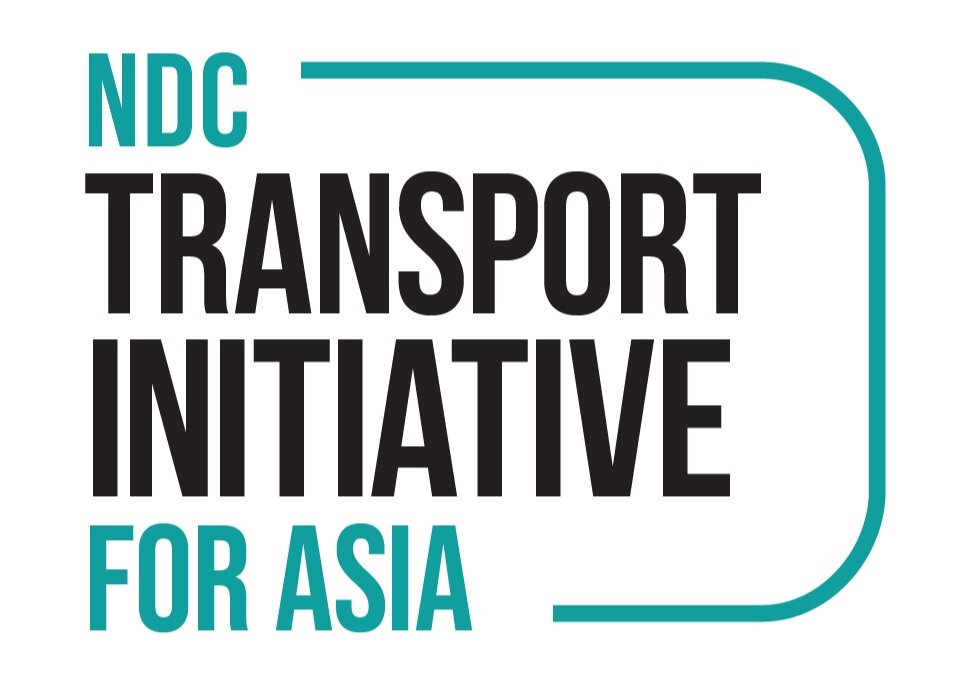Developing an Electric Mobility Roadmap for Vietnam: Global Experiences From National Case Studies
By Kangjie Liu, Stephanie Ly, Linus Ghanadan, Yifan Ding, Eleanor Jackson, Hamilton Steimer, Yaya Liu, Sarah Cassius, Xiangyi Li, and Lydia Freehafer
This paper looks at successful e-mobility case studies and summarizes good practices of developing and implementing an e-mobility roadmap, from effective subsidies to engagement. Based on these observations, this paper offers recommendations for Vietnam’s upcoming electric mobility roadmap, so that the country can smoothly transition and decarbonize its transportation sector.
To create a successful e-mobility roadmap, Vietnam and other countries should select a lead government ministry, assemble a steering committee, prioritize specific sustainable vehicle types, engage external stakeholders, incentivize EVs, and create strategies to tackle the chicken-and-egg dilemma of e-mobility adoption and charging provisions. Good goal setting and implementation monitoring are also crucial for success.
Key Findings:
From the start, including the right stakeholders is crucial for developing an e-mobility roadmap. Broad consultations and collaboration with research institutions and relevant ministries are key to effective implementation and desired outcomes.
By making e-mobility information accessible online, countries can accelerate national transportation preferences toward electric and low-emission modes. India’s one-stop shop website for e-mobility buyers and businesses illustrates how to effectively engage the public.
To efficiently decarbonize transportation, national governments should prioritize the most predominant vehicle type for electrification, be it government fleet, transit buses, or motorcycles. China prioritized transit buses.
Incorporating hybrid electric vehicles in an e-mobility roadmap may smooth the process to eventual full electrification. Most case studies have considered this transitional fuel technology in their roadmaps, but Malaysia is the only country that clearly positioned plug-in hybrid vehicles as a technological steppingstone.
The supply of batteries has a huge impact on the cost of and demand for electric vehicles (EVs); therefore countries need to proactively engage battery manufacturers in the roadmap development process. Anticipating the growing demand for EVs, India, for instance, is investing US$2.5 billion to ramp up battery manufacturing.
National governments seeking to promote EV ownership should not neglect the need for EV charging. Singapore’s e-mobility strategy doubles down on installing charging points in multi-dwelling buildings across the country, be they public housing or private residences.
To accelerate the shift towards e-mobility, national and subnational governments should offer subsidies and incentives to make EVs more attractive and reach cost parity with ICEVs. Operational incentives can also make EVs more convenient, and zero-emission zones can disincentivize fossil-fuel-based mobility.
Thailand's National EV Roadmap stands out for its comprehensive targets, including EV stock and manufacture goals, charging station density, and zero-emission vehicle production targets.
Continued progress monitoring and updates to objectives are critical for national governments to accelerate e-mobility and respond to the climate crisis. India's e-mobility subsidy programs, Faster Adoption and Manufacturing of Hybrid and Electric Vehicles (FAME) scheme, phases I and II, demonstrate how monitoring can help roadmaps revise and adapt to socioeconomic conditions.
Read more about this publication on wri.org.
Download publication (English)
Tải xuống Ấn phẩm (Tiếng Việt)

